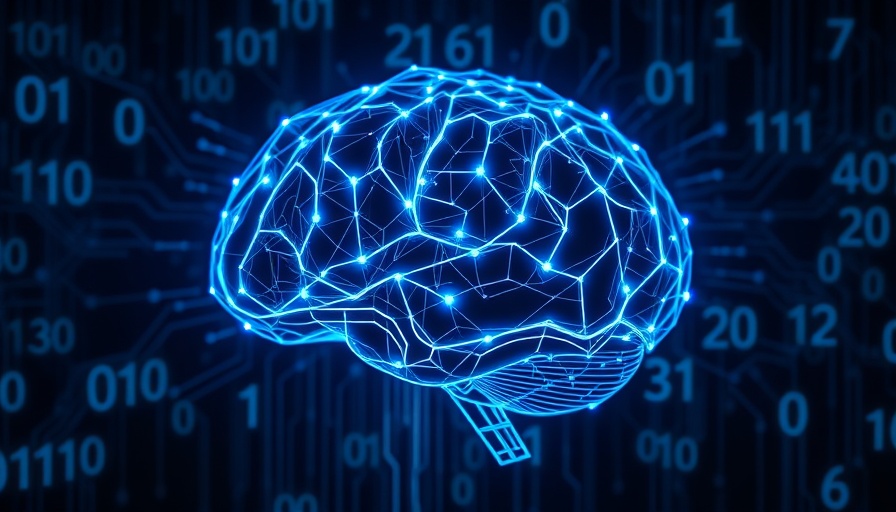
Understanding the Building Blocks of Machine Learning
Machine learning has transformed how we analyze data and make predictions about future outcomes. At its core, machine learning models aim to identify patterns in datasets, enabling us to predict future results through a structured process. These models are crucial in various fields, from finance to healthcare, and understanding their inner workings can equip you with invaluable insights into the potential of AI technology.
The Difference Between Training Code and Scoring Code
To grasp the essence of machine learning, it's vital to distinguish between training code and scoring code. Training code is what builds the model—it uses historical data, typically labeled, to identify patterns and generate predictions. In contrast, scoring code applies the trained model to new, unseen data to generate outcomes based on previously determined patterns.
For example, if students utilize training code to predict their final exam grades based on their midterm scores and study hours, the output from the training code is a model—such as a regression equation or decision tree. Scoring code would then take a new set of student scores and study data to predict their final grades.
The Mechanisms Behind Training Code
Creating effective training code requires an understanding of the underlying mathematics and statistical models that drive machine learning. The complexity can vary significantly from the straightforward linear regression used in predictive analytics to more complicated algorithms like neural networks, which replicate human brain processes. These mathematical foundations enable the developer to adjust parameters that influence the model’s accuracy and performance.
Learning paths in AI often guide aspiring data scientists through these foundational algorithms so that they can adeptly write training code. By mastering these techniques, individuals not only enhance their skill sets but also gain competitive advantages in a rapidly evolving job marketplace.
The Importance of Model Evaluation
Once the model is built, evaluating its performance is critical. This evaluation often involves testing the model on a separate part of the data that wasn’t used in training. This methodology helps ensure that the model generalizes well to new data rather than simply memorizing the training dataset.
Tools like cross-validation and performance metrics such as accuracy, precision, and recall are employed to assess model effectiveness. These measures allow data scientists to make informed decisions regarding model readiness for production and help enhance AI learning paths.
Future Implications of ML Models in AI Learning
As machine learning technologies continue to advance, our understanding of AI's potential will evolve as well. The future may see the development of models that not only provide accurate predictions but also improve through experience, resembling a human-like learning process. Companies that harness these advancements stand to gain significant advantages, leading to better decision-making and more tailored user experiences.
Conclusion: Empowering Your AI Journey
As you embark on your AI learning journey, understanding the intricacies of training and scoring code is fundamental. This knowledge will not only deepen your appreciation for AI technologies but also enhance your capabilities in leveraging these tools for impactful applications. Whether you're a student, professional, or enthusiast, staying informed about the development and evaluation of machine learning models will be crucial in navigating the evolving tech landscape. Explore this exciting field further and uncover the possibilities of AI science, a journey well worth taking.
 Add Row
Add Row  Add
Add 




Write A Comment